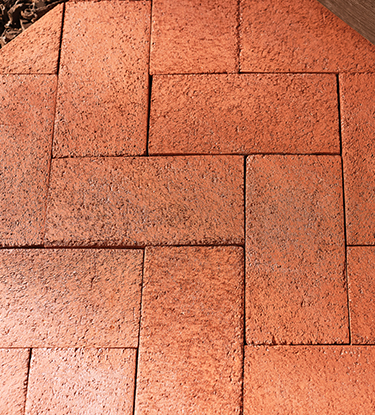There is no hard and fast answer on how long a project will take. The more dirt or old coating on a deck, the more thorough you will need to be in cleaning. It takes me about 3 hours to completely clean my multi-level, 400 sq. ft. deck, (with a set of stairs but limited railings/banisters) and I don’t use a power washer.
Again, there is no rule on how long to scrub each area of the deck. If an area has just light dirt or gray color, a few passes with the scrub brush may be enough. For more dirt or an old coating, you may want to spend 30 seconds on each area. But – you cannot “over scrub,” and you can always re-apply cleaner, if needed.

